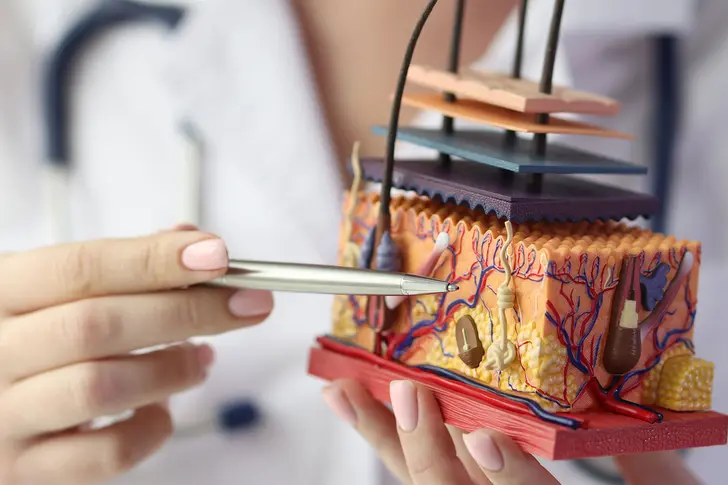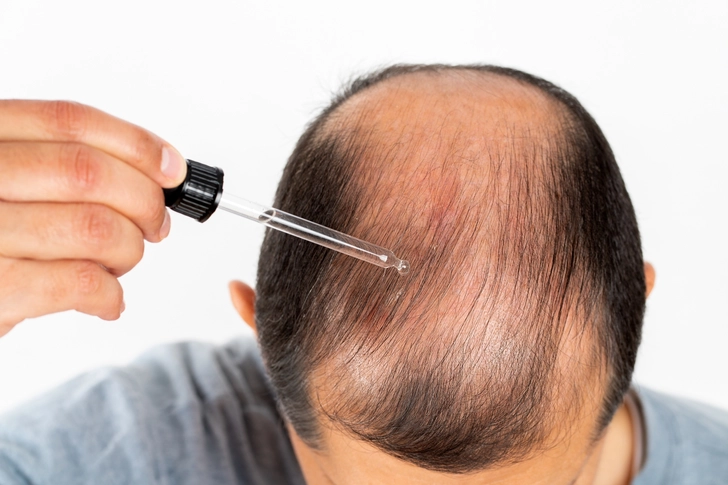Drug-Induced Hair Loss


Can Taking Medicine Lead to Hair Loss?
Medications are designed to treat a variety of health conditions, but sometimes they can have unwanted side effects. Certain drugs can contribute to excess hair growth, changes in hair color or texture, or hair loss. Hair loss occurs when the hair growth cycle is disturbed, specifically the anagen (growth) and telogen (resting) phases. Knowing the causes and treatments can help manage this condition.

Telogen Effluvium Explained
Telogen effluvium is the most common form of drug-induced hair loss. Hair loss appears two to four months after starting a medication, causing hair follicles to enter the resting phase too early. This results in shedding 30%-70% more hair than normal.

Anagen Effluvium Details
Anagen effluvium affects hair during the growth phase and can occur within days to weeks of starting a medication. It is often severe and is commonly seen in patients undergoing chemotherapy. This type of hair loss is usually more severe.

Medications Linked to Hair Loss
Various medications can cause hair loss, including acne drugs, antibiotics, antidepressants, birth control pills, and chemotherapy drugs. It's important to discuss potential side effects with your health care provider when starting any new medication.

Treatment Options for Hair Loss
If you experience drug-induced hair loss, remember, hair loss due to medication is often temporary. There are treatments available to help manage and reverse the condition. Consult your health care provider to discuss treatments such as minoxidil or low-level laser therapy, which can stimulate hair growth.
PHOTO CREDENTIALS
Slide 1 - megaflopp/Shutterstock
Slide 2 - Prostock-studio/Shutterstock
Slide 3 - Ground Picture/Shutterstock
Slide 4 - Pressmaster/Shutterstock
Slide 5 - cunaplus/Shutterstock
SOURCES
Bolognia, J.L., Jorizzo, J.L., Rapini, R.P., eds, Dermatology, 2nd ed., Philadelphia, Mosby Elsevier, 2008.
Tosti, A. Dermatologic Clinics, 2007.
Mounsey, A.L. American Family Physician, 2009.
Tosti A. Drug Safety, 1994.
National Guideline Clearinghouse: "Recommendations to diagnose and treat adult hair loss disorders or alopecia in primary care settings (non pregnant female and male adults)."
American Cancer Society.